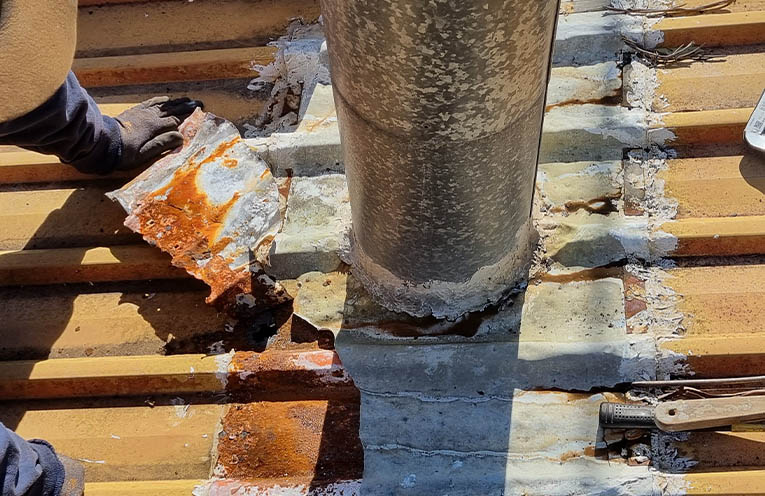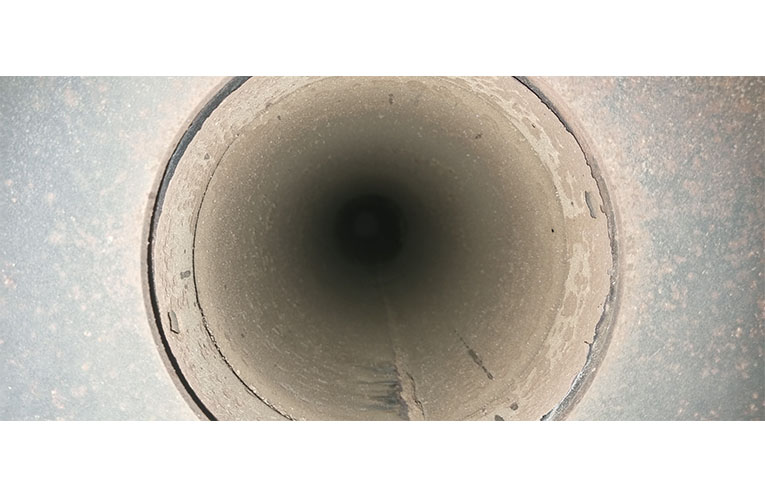FIRE safety around chimneys is an area too often overlooked but serious hazards can build up over time, requiring regular maintenance to keep households safe.
From shoddy amateur workmanship and inappropriate materials, to a total lack of care and attention, wood-burning fireplaces and their chimneys can hide problems for years, as some local households have discovered in the wake of recent prolonged and heavy rains.
“Fireplaces and chimneys are like cars, they need regular and proper maintenance by a professional,” Craig Baldwin of Stroud Road’s Baldyhall Rural Engineering told News Of The Area.
“Australian Standards do exist for fireplaces, and anyone installing one over a weekend with some mates is probably not meeting those standards.
“[In] one house I assessed, the rafters inside the roof on either side of the chimney were blackened and charred, so I was forced to remove the door and make the fireplace inoperable so the house did not burn down.”
Another chimney Craig recently assessed had been surrounded by lead flashing on a tin roof, with galvanised steel pieces holding it down.
When attempting to rectify the problem, he discovered that the lead had not been sealed properly in the first place, and had developed cracks.
It was also concealing rusted-through holes in the tin roof which led to subsequent leaks inside the ceiling.
The chimney was not much better, and was loaded with creosote from years of neglect.
Creosote is a flammable, tar-like substance that builds up inside chimneys as a byproduct of incomplete combustion when wood is burned.
Smouldering fires leave behind large amounts of creosote, while burning unseasoned softwoods produces the most.
Creosote is highly flammable, potentially toxic, and regular chimney cleaning by a professional is the best way to prevent or remove buildup.
A lot of country households prefer fireplaces because wood fuel is abundant.
The NSW Environment Protection Authority (EPA) instructs those with fireplaces to burn fires fast for one to two hours, each day the fire is lit.
“If the fire smokes for more than 10 minutes when you start it, or more than a minute when you add fuel, then there is a problem with the fuel, the operating method, or both,” the EPA advises.
By Thomas O’KEEFE
You can help your local paper.
Make a small once-off, or (if you can) a regular donation.
We are an independent family owned business and our newspapers are free to collect and our news stories are free online.
Help support us into the future.





